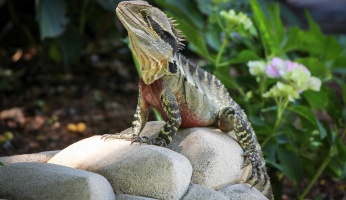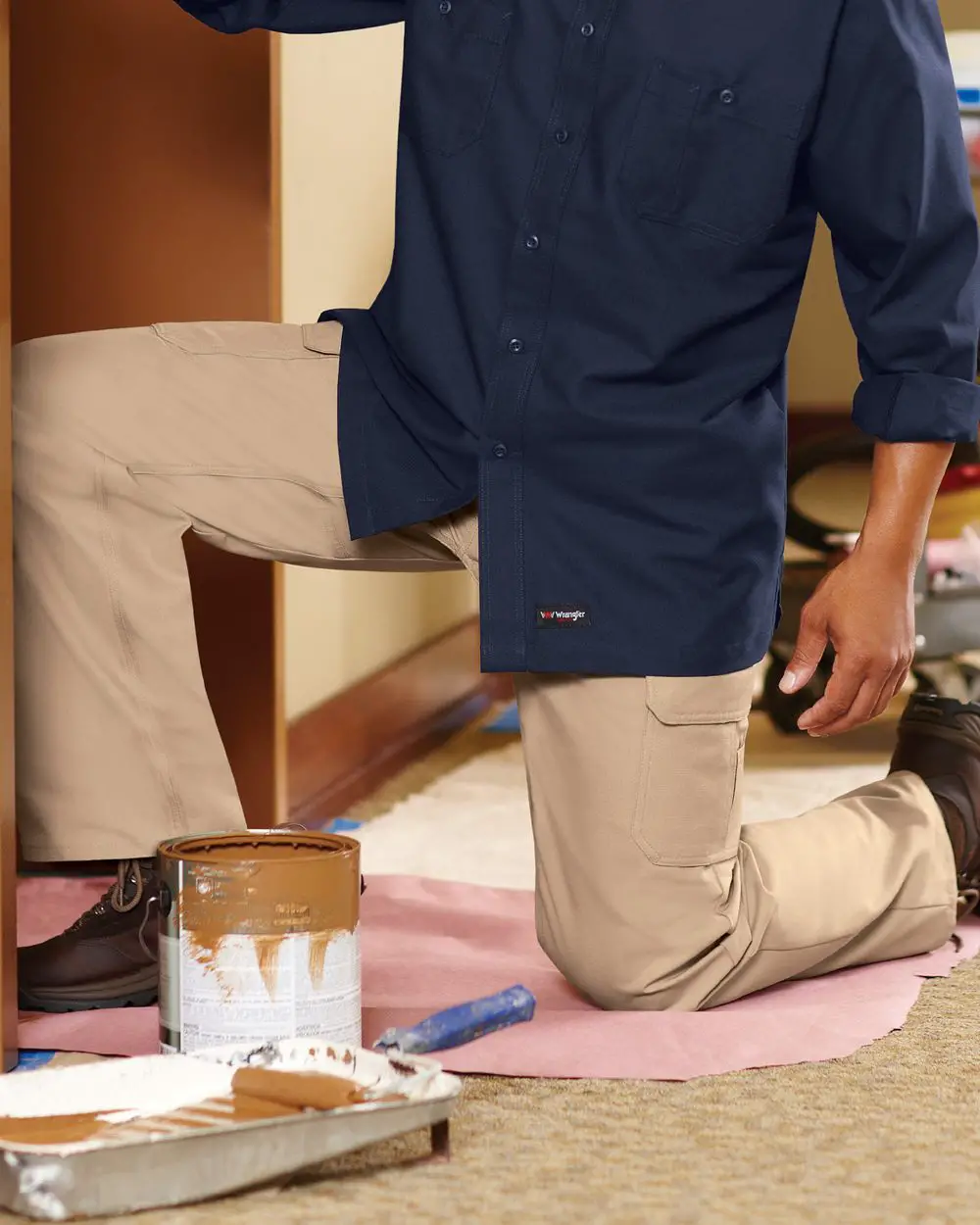How to Potty Train Your Puppy
 How to Potty Train Your Puppy
thegearhunt.com
How to Potty Train Your Puppy
thegearhunt.com
So, you finally did it, you added another member to your family. Good for you! You have likely already spent time thinking about how you were going to go about raising a dog, what breed best suited your family and their lifestyle and whether you were going to start off with a puppy or adopt a more mature dog.
Each breed has its own special qualities and characteristics and I’m sure that you took a look at how active you and your family are before you made that big decision. One thing that people often don’t realize is that smaller breed dogs have different bladder needs than larger breed dogs. Small breed dogs obviously have smaller bladders and therefore have the need to go outside more often. Some puppy parents will opt to use a potty tray or potty pads with their small breed dogs. This is often a decision that is made based on cold temperature weather, a person’s employment schedule, etc. You have to decide what’s going to work best for you and your new family member. I can’t say that one way is better than the other, just different.
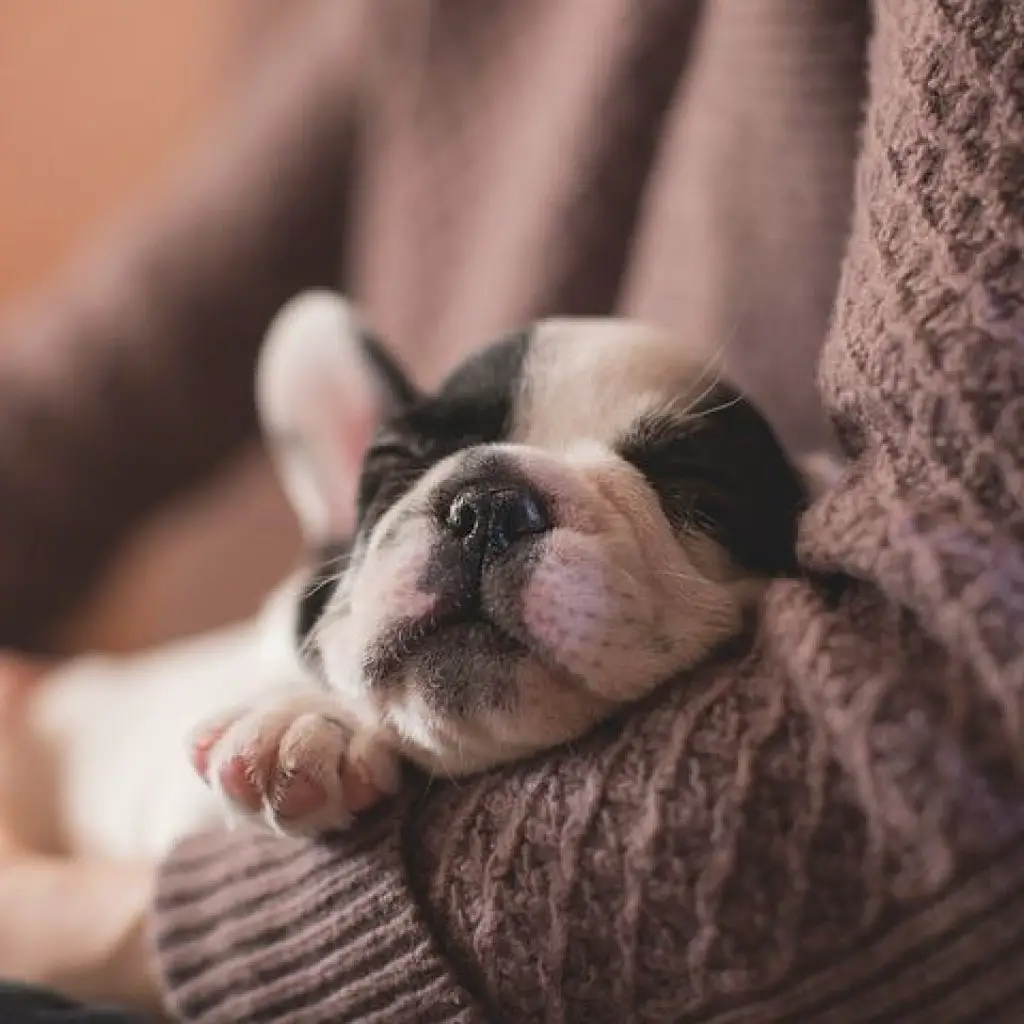
Expectations
You can’t expect a puppy that’s had its eyes open for just a few short days to start learning how to potty where you expect it to go. Most people will say that it’s best to wait until the puppy is at least 12 weeks old before potty training begins. If you have children, think back to when they were an infant. You wouldn’t have dreamt of trying to potty train your infant. Not only are their bodies physically not ready to take that task on, but their brains just aren’t mature enough to understand what you’re trying to teach them at that point. Typically a 3-month-old puppy can hold their urine for 3 to 4 hours. As they get older, they’re able to “hold it” longer.
It’s completely natural to bring your new puppy home and want to give it the freedom to follow you around the house. This isn’t the best of ideas when your goal is to get it potty trained. Before even bringing your puppy home, I recommend that you purchase a kennel for it. This kennel should not be too big. It should be big enough for the puppy to stand up, lay down and turn around comfortably in. There are actually kennels for sale that have sliding walls in them so that you’re not having to purchase several different sizes as your puppy grows. Dogs are clean animals by nature and don’t like to defecate where they sleep. With this being said, you don’t want to give the puppy so much space that it has room to potty on one end and be able to sleep at the other end.
Dogs are also naturally den animals, so your puppy will appreciate having that space that he knows is his alone and that as he grows, he can go to when he might be feeling the need for some alone time.
You’ll also want to purchase a good natural enzyme cleaner or possibly some vinegar and blue Dawn soap, as you will certainly have those accidents that need to be cleaned up.
Your Job
Your puppy isn’t the only one that has “work” to do. There are some key components to being successful here, {aside from the appropriately sized kennel that needs to be purchased} that only you can provide. Those components would be consistency or routine, attention and rewards.
- Consistency in taking the puppy out at the proper time and location.
- Attention to your puppy’s actions and body postures.
- Rewards when the puppy completes the desired action.

A Few Thoughts
Every time your puppy finishes eating, you’re going to want to take it outside to go potty. You should find a phrase that works for you such as, “go potty” or “go outside”. Also, pay attention to the puppy pacing, turning in circles, squatting, etc.that might indicate the need to go potty.
There was a time when people used to say that if a puppy had an accident in the house, you should rub their nose in it and scold or spank them. The only thing this actually accomplishes is for your puppy to develop a fear and mistrust of you. They don’t have the cognitive ability to connect the dots. Positive reinforcement is definitely the better way to go when it comes to a puppy.
Go…..
Put your puppy on a regular feeding schedule. Remember, it’s up to you to maintain this schedule, so make sure it works for you, as well as your puppy. I recommend that you give smaller amounts of food, three times a day. I also suggest that you feed a better quality puppy food that’s got higher protein levels. This not only ensures a healthier body but a healthier mind. The fewer fillers there are in food means the more protein there is in the food. This means that their body is able to absorb and use more of the food, resulting in less actual feces. You can do this by reading your dog food labels and examining the protein percentages. Beware of your first listed ingredient being some type of grain filler.
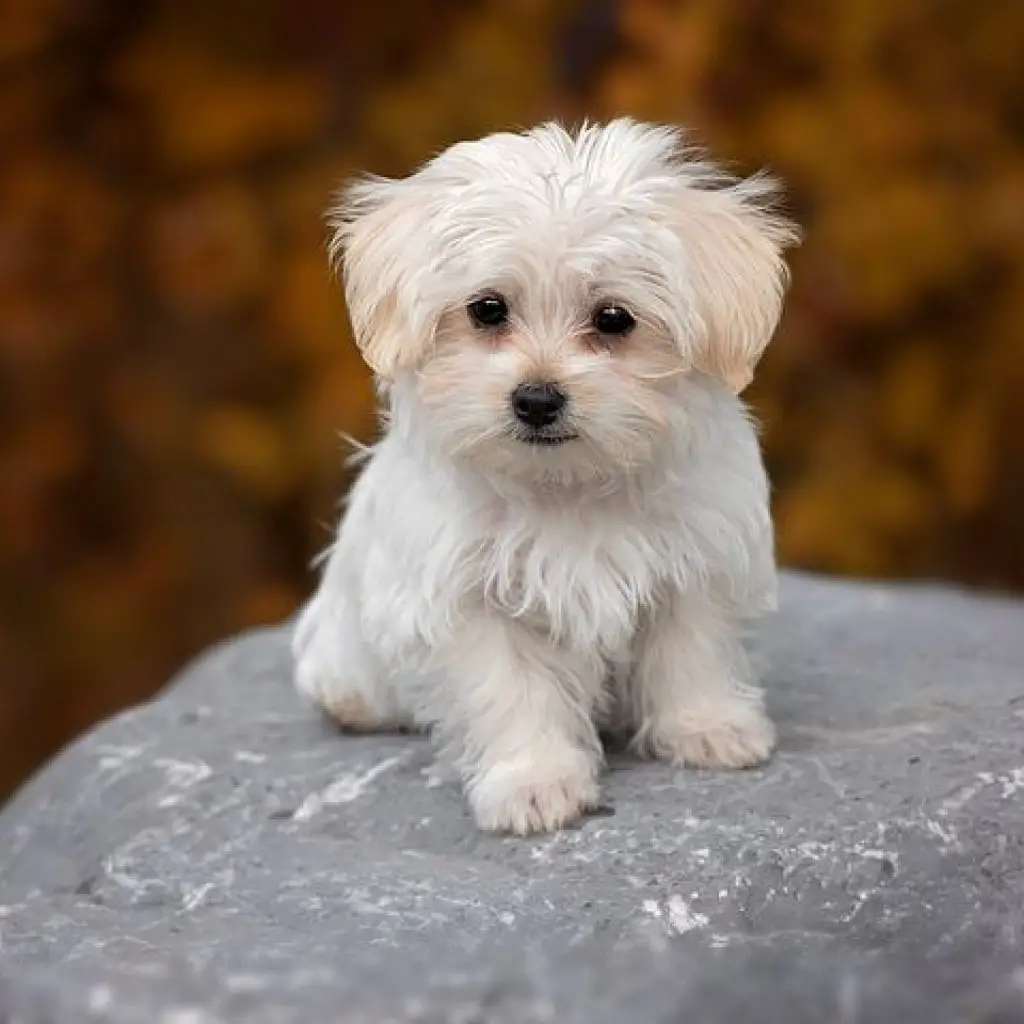
As soon as your pup is finished eating, use your phrase that you chose; “let’s go potty”. Take your puppy outside to the same spot each time you go out. Stay by your puppy’s side. The moment your puppy finishes going potty, begin to verbally praise and offer them a small treat before bringing them back in the house.
Also, remember to take them out when they first wake up in the morning, right before they go to sleep for the night, right after play times, when he wakes up from a nap and also every hour or so during awake times.
If your puppy does move his bowels in your house, I have found it supportive for some puppies to pick it up and put the feces outside in the location that you want the puppy to regularly eliminate. This gives the puppy the opportunity to smell his own scent in that location. I would even praise the puppy if he goes over and smells at it.
If you work at a job outside of the home, it would be beneficial to have a dog walker come to your house to take the puppy out at his scheduled times. Remember, his bladder isn’t mature yet and he can’t hold it for more than a few short hours. There are many wonderful pet service companies out there that will come to your house and provide dog walking and potty services for your puppy while you’re at work, for a nominal fee.
I’m not a fan of doggy doors, especially when it comes to a puppy. First off, I view them as a safety hazard, for your pup as well as your home. Yes, your puppy can let itself out, but at this point, it doesn’t have the knowledge to know when to do this. Also, I’ve heard of far too many puppies being stolen out of yards while they were left unattended. Then you have the added danger of what’s going to let itself into your house while you’re away. Now, let me also point out that there are thousands of doggie doors across this country that have been used with mature dogs without incident. When your puppy matures, this is a decision that you’ll have to make for yourself.
Sooner or Later
All to often people make the presumption that because their puppy has successfully gone outside a dozen times that it’s now housebroken. Don’t make that mistake. Your puppy will more than likely need periodic reinforcement for possibly the first year of its life. The last thing that you want to do is to become lax on your routine with the puppy only to have to start back over at square one.
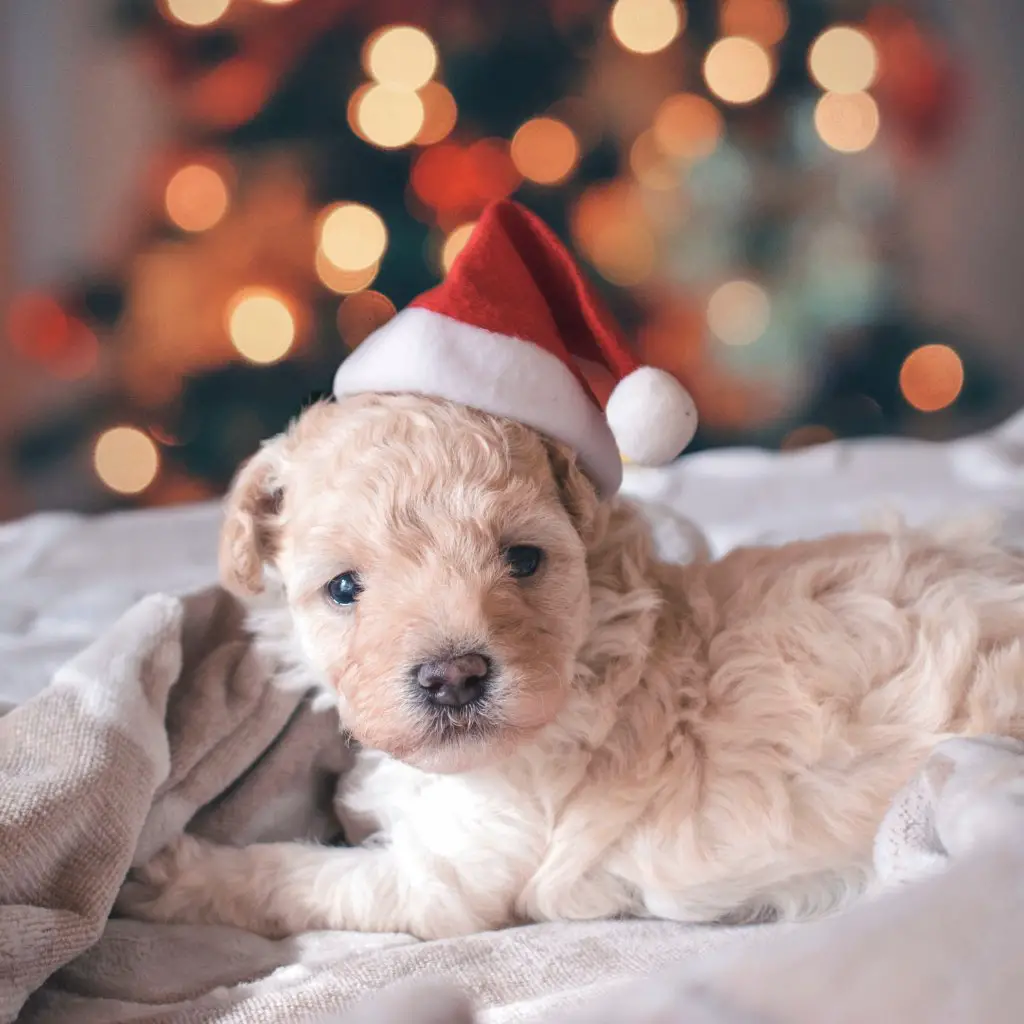
Pad or Not
There’s also the technique of training your puppy to use newspaper or a potty pad. I’ve never cared for this, as it just seems to add an unnecessary step to your potty training, unless you have a smaller breed dog that is going to be using pads permanently. The steps to potty pad training are the same as the steps to outside training. However, if you’re using the pads as a temporary measure and now want the puppy to potty outside, you’ll have to collect that used pad and take it outside with you. Expect that the puppy is going to want to potty on that pad, even though it’s outside. That’s ok, praise him when he goes potty regardless of whether it’s on or off the pad. Eventually, you’ll be able to take the pad away and take him to that same spot with him knowing why he’s there.
One Last Thing
You may have seen or heard of people that have trained their dog to ring a bell when they need to go outside. This isn’t as difficult to do as you may think. You need to first make sure that your puppy is thoroughly potty trained before you expect it to learn to ring the bells. In the meantime, every time that you are headed out the door, jingle that bell.
When it’s time to teach your puppy “how” to ring the bell, you’ll need to have some kind of treats on hand. You’ll begin by holding the bell in front of him and saying, “bell”, or “touch”, or whatever word you chose. The moment that pup touches that bell, you’ll give him a reward. If need be, you can hold the treat right next to the bell, which will prompt him to bring his nose in the right direction. As soon as his nose makes contact with that bell, let him have that treat and give verbal praise. After several successfully made contacts with the bell, you can then hang the bell from your doorknob. Again, give him the command that you chose, repeat the above steps. Remember to reward him the moment his nose touches the bell
Having a dog as a member of your family can be an extremely rewarding experience. I honestly can’t imagine any child growing up without a faithful and trusty canine companion by their side. Potty training sounds like a far more difficult task than it actually is. Just remember to stay consistent. Enjoy your new addition!

Sources
- AKC: How to Train Your Puppy
- WebMD/Pets: Puppy Training Tips for Success






